Sinaloa
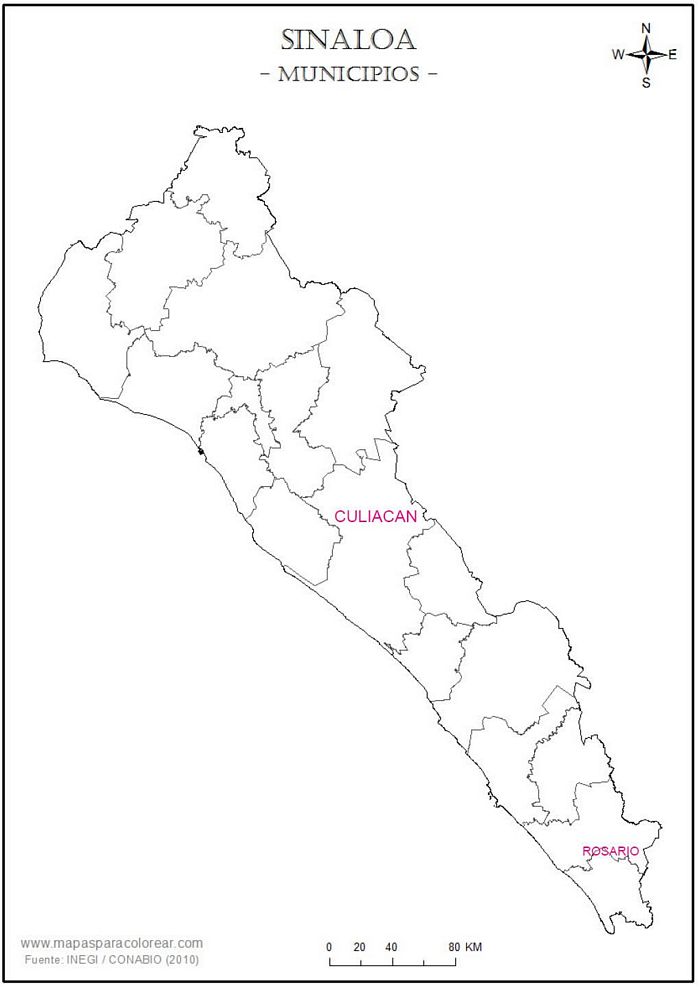
As the Mexican Revolution in 1913 gathered momentum, Alvaro Obregón and a Constitutionalist army in Sonora began driving out the Federalists of Victoriano Huerta. Due to the almost lack of hard money in Sinaloa, the neighbouring state to the south, the Constitutionalist authorities decided to issue one-peso coins using unrefined silver from Sinaloa mines. Sand-cast coins were prepared, using the old familiar Republic Cap & Ray eight-real/one-peso coins as patterns.
There seems to be quite a range of sand molds prepared, from very crude lumps of silver, double impressions, and off-centred casts to fairly detailed coins.
Howland Wood, in the first edition of his bookHowland Wood. The Mexican Revolutionary Coinage, 1913-1916, 1921 (available in the USMexNA online library) divided the sand cast coins of Sinaloa into two issues. His first issue of approximately 25,000 one-peso coins of unrefined silverThis figure appears to have come from the account of an American soldier-of-fortune in the employ of the Constitutionalists during 1913-1914, as reprinted in The Mexican Revolutionary Reporter. was made "in June and July, 1913, from bullion taken from the El Rosario Mine, on the order of General Rafael Buelna." Subsequent assay revealed more than one peso’s worth of silver and gold in the finished coins; therefore, many of these first issue coins were hoarded or melted. The second issue, Wood attributes to General Juan Carrasco who "caused dollars to be cast at Culiacan in Sinaloa." This, he says, took place in August-September 1913. Wood's statements were copied by Garza and Utberg. The latter irnplies that the place of minting of the first issue was Rosario, but Wood's statement will not support this thesis. Gaytanp. 216 states that in 1968 the ideas of Wood and his followers were questioned by one Juan de Dios Batiz who put forward the idea that all of the cast coinage of Sinaloa was made in July, 1914 in the Mineral El Refugio. Differences, though, are apparent in the available coins and the Constitutionalists will have needed hard money in 1913.
10 centavos
A cast 10-centavos coin was prepared using a Republic 10 centavos as a pattern.
20 centavos
An issue of cast 20-centavos coins was also prepared, using the older Republic (pre-1905) 20 centavos as patterns.
50 centavos
An issue of cast 50-centavos coins was prepared using the then-current (c. 1906) 50 centavos as a pattern.
A cast 50 centavos using an old Republic four-real coin (struck 1827-1870) was discussed by Carlos Gaytan(footnote} who felt it was not a legitimate issue. “Those cast from 4 Reales could well be bogus. It did not make any sense to cast with a coin that was out of circulation for some time.” Other authorities claim the four reales (never a popular coin, containing more silver than the then current 50 centavos) circulated during the Revolution.
First issue (June/July 1913) 50-centavo coins
The most apparent distinguishing characteristic of the first issue is the mass.
Second issue (August/September 1913) 50-centavo coins
One peso
Differences can be observed in the one-peso coins, and UtbergUtberg, 1965attempted to differentiate the two issues.
First issue (June/July 1913) one-peso coins
The most apparent distinguishing characteristic is the mass (upper-20 to lower-30 grams). It appears a coarse sand was used to prepare the molds, with corresponding rough surfaces and lack of detail. The castings are fairly clean (no casting scale, although occasionally you can find grains of sand embedded in the finished coin), and there is little, if any, filing on the face of the coin.
Second issue (August/September 1913) one-peso coins
These coins have what HughesHughes calls a casting or surface scale on them (possibly due to the use of some sort of binder, such as molasses, in the sand molds). This scale has been reported as ranging from a golden hue to gray to brown to black.
The mass is less than the first issue coins. Utberg suggested a mass of 26-30 grams. There is often filing, on both the edges and faces, to reduce the mass. More detail is apparent on these coins, possibly through the use of a finer grained sand and/or better preparation of the molds. Republic Cap & Ray eight-reales and one-peso coins were both used as patterns.
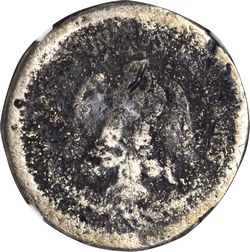
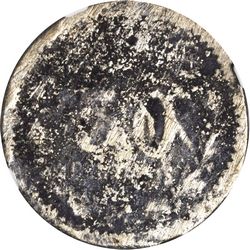
KM-766 Sinaloa 50c (Stack’s Bowers NYINC Auction, 15 January 2019, lot 34734)

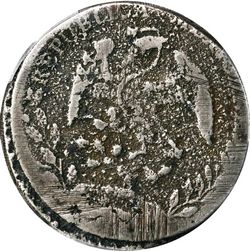
KM-768 Sinaloa $1 (Stack’s Bowers NYINC Auction, 22 October 2020, lot 72400)
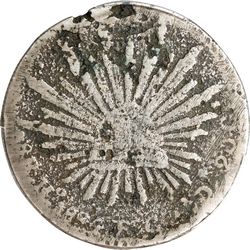
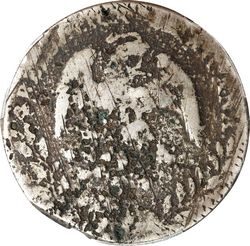
KM-768.1 Sinaloa $1 (Stack’s Bowers NYINC Auction,16 May 2023, lot 70585)
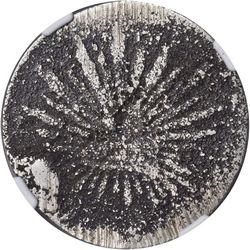

KM-769 Sinaloa $1 (Stack’s Bowers Auction, 18 May 2017, lot 72820)
Counterfeit one peso
Joe Flores described a possible counterfeit issue originating in the late 1970s. He reported that a large number of the formerly scarce one-peso coins came into the market at the Long Beach coin show, driving the price down from around U.S. $60 to around U.S. $10. This suggests either the discovery of a hoard or counterfeiting. This release, as described, resembles lightweight second issue coins with extensive or excessive filing (excessive filing is suspect, as if the counterfeiters were trying to hide something).
G. C. counterstamp
Part of the one-peso (and one example of the 50-centavos) coinage was counterstamped “G.C.”, which as been interpreted to represent “Gobierno Constitucionalista”. Some authors suggest the counterstamp represents the initials of General Carrasco as a validation but this personalization of the coinage is unlikelyGuthrie, 1976.
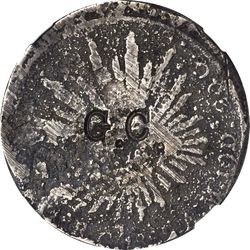
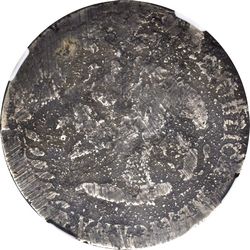
KM-768.2 Sinaloa $1 (Stack’s Bowers Auction, 16 May 2023, lot 70585)
Bold, small "G.C." countermark on cast 8 Reales. Remarkable example with clear Culiacan mint mark and assayers' initials "AM", "18" of date discernible. Partly visible design as usual, dark gray toned.
